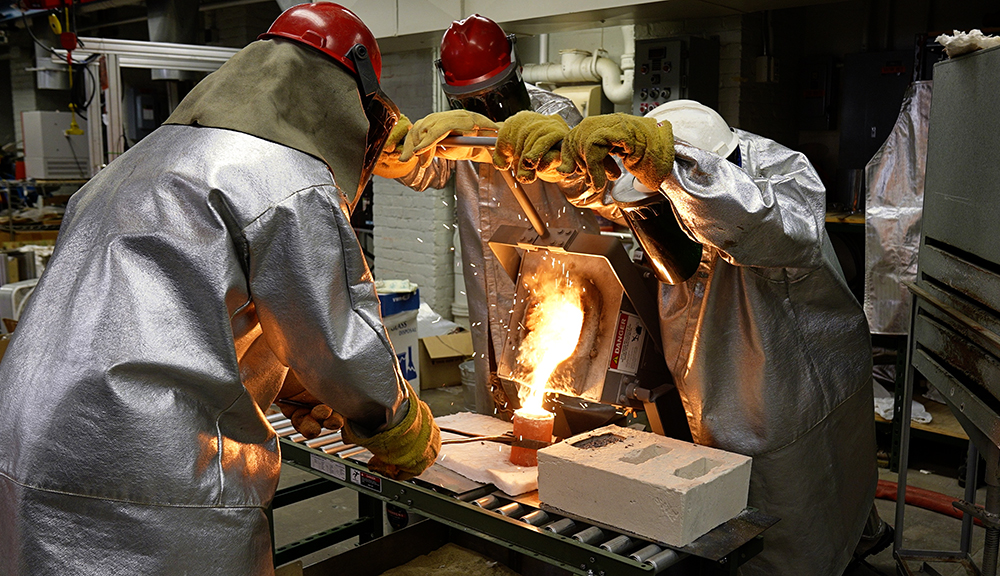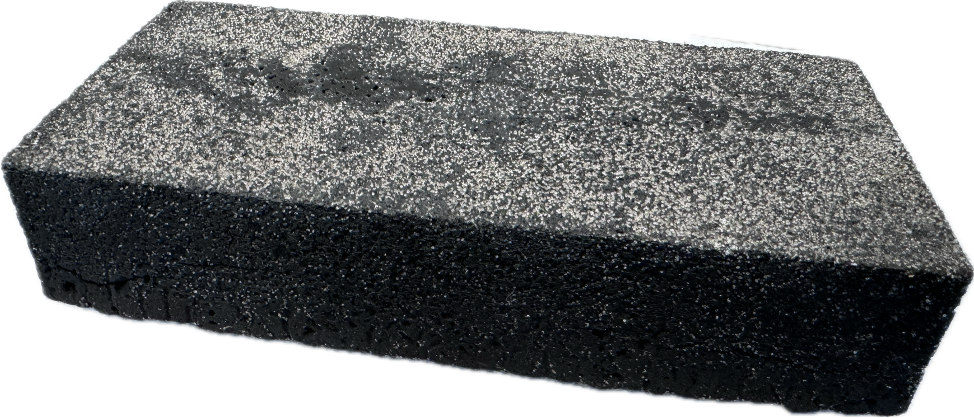CSAT comes to WPI for the CSAT 2014 meeting June 18–19 in the Rubin Campus Center.
Host Rick Sisson, dean of graduate studies, and technical program chairman Victor Champagne of the US Army Research Laboratory (ARL) have planned a well-rounded agenda with an emphasis on Cold Spray Structural Repair and Additive Manufacturing. Topics of interest include the introduction of a new aluminum cold spray alloy that has an ultimate tensile strength of 50,000 psi and 10 percent elongation in the as-sprayed condition. Such progress in materials properties provide the basis for structural repair and near-net shape forming.
A tour is scheduled before the reception on Wednesday, June 18, at Mid-America, a subsidiary of MOOG, in Webster. Mid-America has been selected as the demonstration site for the world’s most sophisticated cold spray facility, developed under an Office of Secretary of Defense manufacturing technology program managed by ARL. The facility is built around a totally automated modular concept and operates within a Flexible Robot Environment (FRE) incorporating a gantry robot that controls all of the operations associated with the repair and additive manufacturing of cold spray components.
CSAT MISSION
The practical uses of Cold Spray are growing to the point where the technology is beginning to enter the commercial marketplace, especially in the aerospace and defense industries, as a solution distinct from thermal spray. The MIL Spec has been adopted throughout the world and the number of aerospace-qualified repair procedures is growing. For example, cold spray has been qualified for use by the Army through Maintenance Engineering Order T-7631 by the Program Office UH-60 Blackhawk for the repair of magnesium aerospace components. It is also being used for landing gear hydraulics for the B1 Bomber, and it has been demonstrated by ARL in collaboration with private industry for applications for additive manufacturing as diverse as near-net forming of shape charge liners, donor tubes for explosive cladding and sputter targets.
There are a number of large research and development programs under way across the world, and service providers are beginning to offer Cold Spray processes for production and overhaul and repair. As was found with thermal spray, Cold Spray technology will move into the marketplace much more quickly and smoothly if users, spray shops, researchers, and equipment and powder suppliers work together to share information, develop the engineering data, and match the technology to the best applications.
The objectives of CSAT
1. To discuss and debate the current state of-the-art of cold spray technology, applications development and transition.
2. To educate all potential users concerning the limitations of cold spray and present in-depth data/knowledge centered on a mutually agreed upon application, which is currently the “Cold Spray Structural Repair and Additive Manufacturing.”
3. To network by assisting in the process to develop RDT&E projects, materials, processes, specifications, and standards that will be useful to the cold spray community. The CSAT has established a website for data sharing, and it is the intent to hold periodic (probably annual) workshops/meetings. The CSAT provides a forum from which to establish collaborative programs. At this year’s event several examples of business collaborations that were formed at the 2011 CSAT will be presented. The CSAT website is http://www.coldsprayteam.com/.
There is a $50 registration fee.


